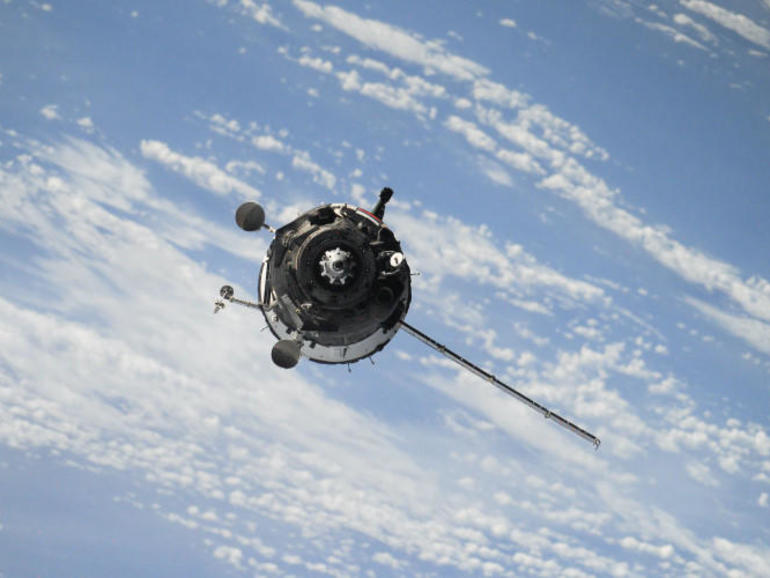Western Australia is preparing to launch its first locally designed and built space satellite.
Developed by students and engineers at Curtin University’s Space Science and Technology Centre, the Binar-1 CubeSat has been designed to locate and produce high resolution digital mapping of resources on the Moon’s surface.
The Binar-1 is scheduled to take-off from Cape Canaveral, United States on August 28, as part of the SpaceX CRS-23 commercial resupply mission to the International Space Station. Following its launch, the spacecraft will then be deployed into low-earth orbit from the International Space Station.
According to Curtin University, the objective of Binar-1 is to test all the critical spacecraft systems, while the two cameras on board will aim to capture images of the Western Australia coastline and relay them back to Earth.
“Our novel design allows us to make spacecraft affordable, and space accessible for WA innovators,” Curtin University Vice-Chancellor Professor Harlene Hayne said.
“We will be able to control and command our missions from Perth through Fugro’s Australian Space Automation, Artificial Intelligence and Robotics Control Complex (SpAARC), which will use Binar CubeSats to test remote operation protocols on a spacecraft in orbit.
“Our ultimate goal is to have a WA-built spacecraft at the Moon by 2025. Space missions like that don’t just inspire, they also drive innovation. The launch of Binar-1 is our first real step towards that goal. Being able to build spacecraft affordably means that we can rapidly iterate technology, which is a key element in developing advanced systems for exploration, that then also benefit other industry sectors.”
The Binar-1 CubSat will be the first of seven Binar CubSat launches planned for this year and next.
“Western Australia is about to make history with the State’s first space mission,” WA Premier Mark McGowan said.
“I am immensely proud of the students and engineers who have developed this amazing technology which opens so many doors for future missions and collaboration with the public and private sectors.”
Similar satellite projects are underway in other states across Australia, including New South Wales, which is set to launch a “ride-share” satellite into orbit to test and prove its functionality. The satellite is being delivered under Project Waratah Seed.
South Australian government, meanwhile, announced earlier this year a AU$6.5 million SASAT1 space mission that will see the state launch its own small satellite into low orbit in 2022.
Also on Monday, Optus announced it is teaming up with Raytheon Australia and Thales Australia to jointly bid for the JP9102 Australia Defence Communication System program, focused on delivering satellite technology to the Australian Defence Force.
“As sector pioneers and the leading investor in the Australian space industry, our solution will leverage our long track record of delivering for Australia’s Defence agencies, supporting Australian industry capabilities, and our unwavering commitment to deliver a sovereign solution that enhances Australia’s security,” Optus chief executive Kelly Bayer Rosmarin said.
“The bid team, Team AUSSAT, has a unique proposition being the only team with an unrivalled history of owning and operating satellites in Australia, by Australians, for Australians – drawing synergies from two partner companies with their exceptional pedigrees in building and delivering world-class Defence capabilities.”
Optus currently flies seven satellites, including NBN’s two Sky Muster satellites.
The telco giant recently announced plans to deploy software-defined satellite Optus 11 in 2023. Optus touted the Ku-band satellite as software-defined, which would allow it to be “fully configurable” once launched.



